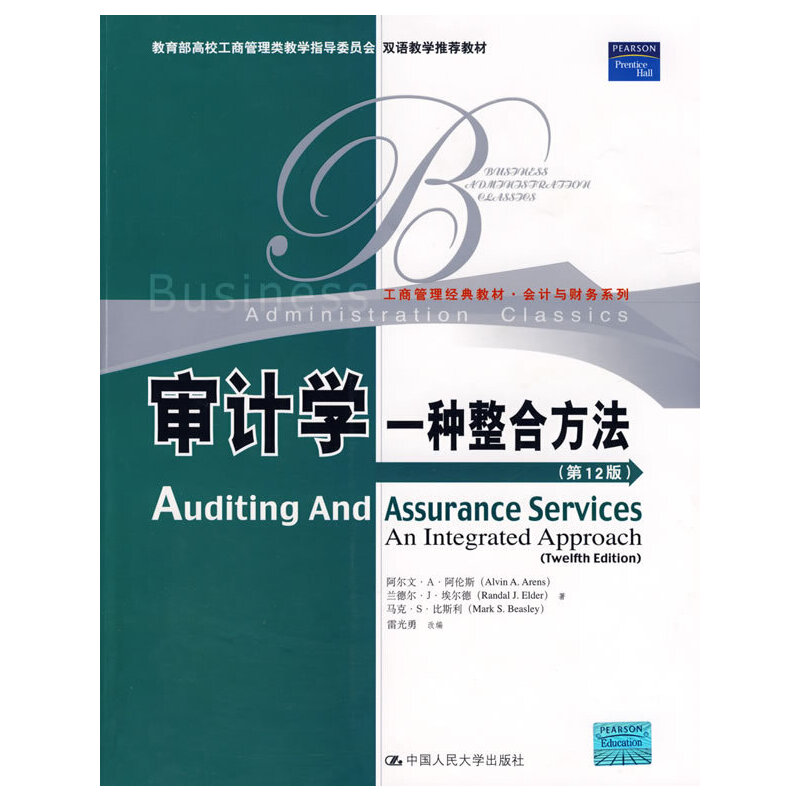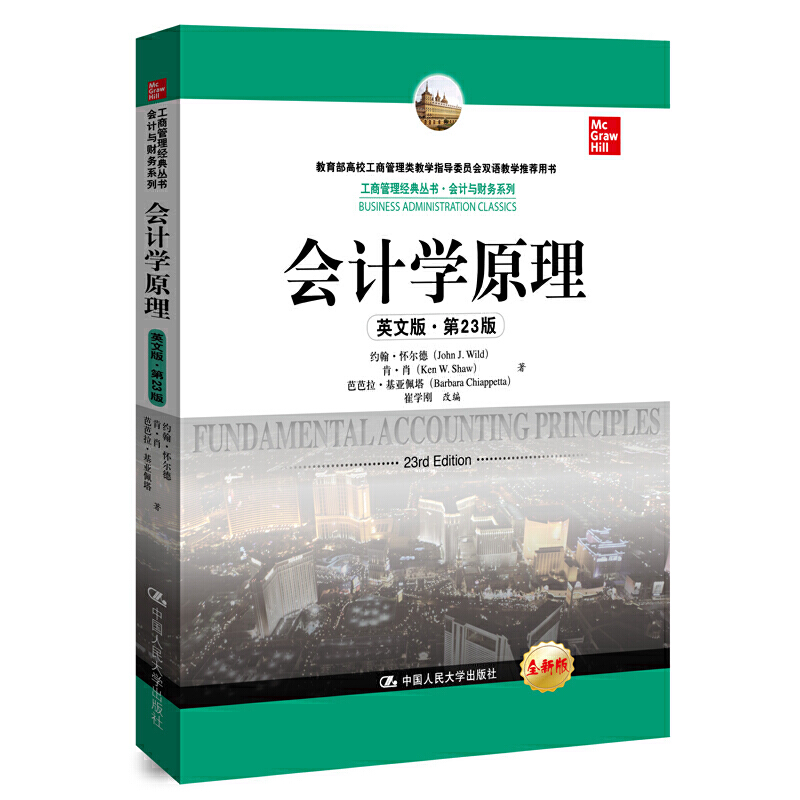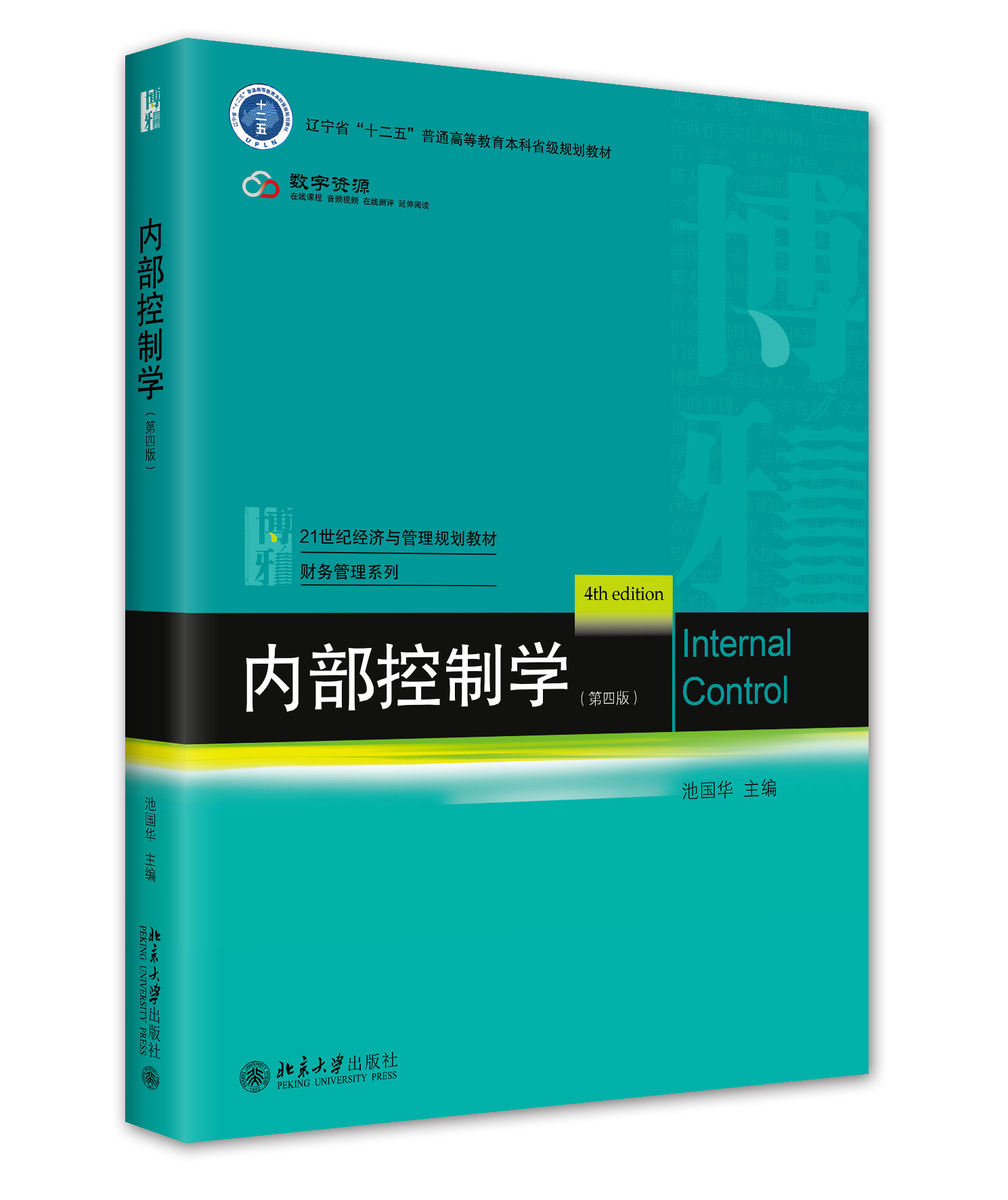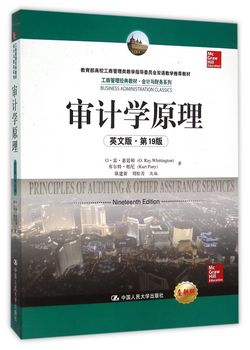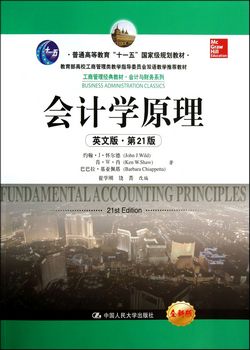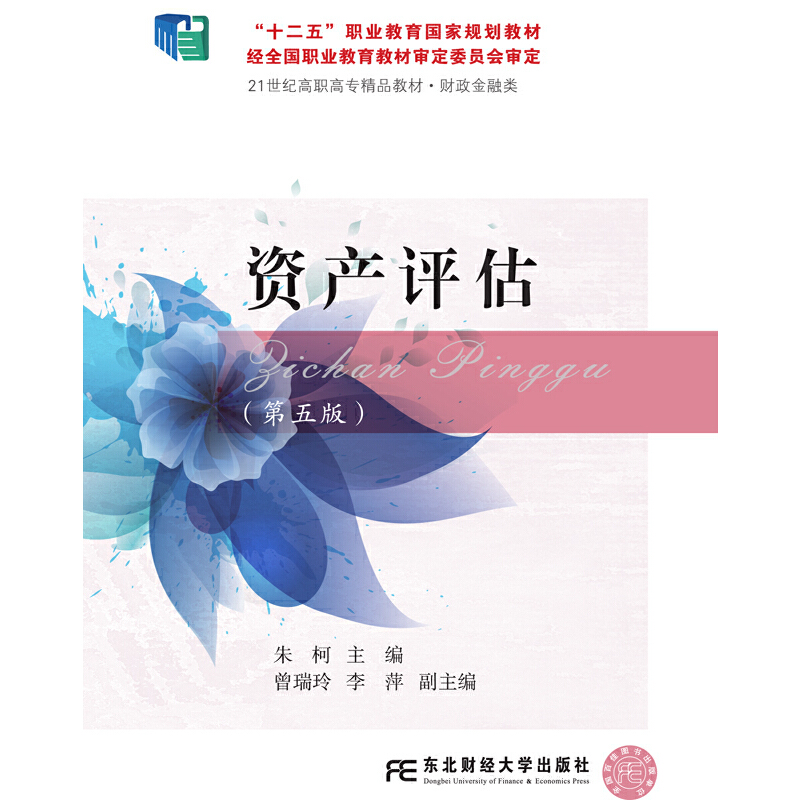审计学:一种整合方法(第12版)(工商管理经典教材·会计与财务系列;教育部高校工商管理类教指委双语教学推荐教材)
定价:¥52.00
作者: 阿尔文·A·阿伦斯等
出版时间:2009-03
出版社:中国人民大学出版社
- 中国人民大学出版社
- 9787300103860
- 1-1
- 257619
- 2009-03
内容简介
《审计学:一种整合方法》是美国最经典的现代审计学教材之一,被公认为系统学习和全面掌握现代西方特别是美国审计理论和实务的*图书,被全球多所著名大学采用。该书由于首次提出并倡导“交易循环审计”的思想而备受审计理论界、教育界和实务界的推崇。在中国,该书曾受到我国已故著名会计学家杨时展先生的高度重视、推介和运用,并组织了最初的引介和翻译工作。
第12版突出了以下特点:(1)将新的风险评估准则及与公司治理负责人沟通的准则覆盖全书的各个方面;(2)将美国《萨班斯一奥克斯利法案》中第404分部和公众公司会计监督委员会第2号审计准则的基本要求贯穿全书;(3)继续贯彻”交易循环审计”的思想;(4)注重舞弊审计在当代审计学中的地位与作用,反映*的舞弊审计技术发展;(5)继续强调审计中最基本的概念在于,审计人员在考察某个特定审计环境时需要搜集的证据的性质和数量;(6)对属于非传统审计业务内容的其他鉴证业务,也给予了足够的重视,
本书适合会计学高年级本科生、研究生、MBA、MPAcc以及有兴趣的教师、研究人员使用或参考。中国人民大学出版社同时配套出版了该书的中文翻译版。
第12版突出了以下特点:(1)将新的风险评估准则及与公司治理负责人沟通的准则覆盖全书的各个方面;(2)将美国《萨班斯一奥克斯利法案》中第404分部和公众公司会计监督委员会第2号审计准则的基本要求贯穿全书;(3)继续贯彻”交易循环审计”的思想;(4)注重舞弊审计在当代审计学中的地位与作用,反映*的舞弊审计技术发展;(5)继续强调审计中最基本的概念在于,审计人员在考察某个特定审计环境时需要搜集的证据的性质和数量;(6)对属于非传统审计业务内容的其他鉴证业务,也给予了足够的重视,
本书适合会计学高年级本科生、研究生、MBA、MPAcc以及有兴趣的教师、研究人员使用或参考。中国人民大学出版社同时配套出版了该书的中文翻译版。
目录
PART1 The Auditing Profession 1 The Demand for Audit and Other Assurance Services Learning Objectives Nature of Auditing Distinction Between Auditing and Accounting Economic Demand for Auditing Assurance Services Types of Audits Types of Auditors Certified Public Accountant 2 The CPA Profession Learning Objectives Certified Public Accounting Firms Activities of CPA Firms Structure of CPA Firms Sarbanes-Oxley Act and Public Company Accounting Oversight Board Securities and Exchange Commission American Institute of Certified Public Accountants (AICPA) Generally Accepted Auditing Standards Statements on Auditing Standards International Standards on Auditing Quality Control 3 Audit Reports Learning Objectives Standard Unqualified Audit Report Combined Reports on Financial Statements and Internal Control Over Financial Reporting Under Section of the Sarbanes-Oxley Act Unqualified Audit Report with Explanatory Paragraph or Modified Wording Departures from an Unqualified Audit Report Materiality Discussion of Conditions Requiring a Departure Auditor's Decision Process for Audit Reports Impact of E-Commerce on Audit Reporting 4 Professional Ethics Leamlng Objectives What Are Ethics? Ethical Dilemmas Special Need for Ethical Conduct in Professions Code of Professional Conduct Independence Independence Rule of Conduct and Interpretations Other Rules of Conduct Enforcement 5 Legal Liability Learning Objectives Changed Legal Environment Distinguishing Business Failure, Audit Failure, and Audit Risk Legal Concepts Affecting Liability Liability to Clients Liability to Third Parties Under Common Law Civil Liability Under the Federal Securities Laws Criminal Liability The Profession's Response to Legal Liability Protecting Individual CPAs from Legal Liability PART2 The Audit Process 6 Audit Responsibilities and Objectives Learning Objectives Objective of Conducting an Audit of Financial Statements Management's Responsibilities Auditor's Responsibilities Financial Statement Cycles Setting Audit Objectives Management Assertions Transaction-Related Audit Objectives Balance-Related Audit Objectives Presentation and Disclosure-Related Audit Objectives How Audit Objectives Are Met 7 Audit Evidence Learning Objectives Nature of Evidence Audit Evidence Decisions Persuasiveness of Evidence Types of Audit Evidence Audit Documentation 8 Audit Planning and Analytical Procedures Learning Objectives Planning Accept Client and Perform Initial Audit Planning Understand the Client's Business and Industry Assess Client Business Risk Perform Preliminary Analytical Procedures Summary of the Parts of Audit Planning Analytical Procedures Five Types of Analytical Procedures Common Financial Ratios 9 Materlallty and Risk Learning Objectives Materiality Set Preliminary Judgment about Materiality Allocate Preliminary Judgment about Materiality to Segments(Tolerable Misstatement) Estimate Misstatement and Compare with Preliminary Judgment Risk Types of Risks Assessing Acceptable Audit Risk Assessing Inherent Risk Relationship of Risks to Evidence and Factors Influencing Risks Evaluating Results ……PART3 Application of the Audit Process to the Sales and Collection CyclePART4 Application of the Audit Process to Other CyclesPART5 Completing the Audit

